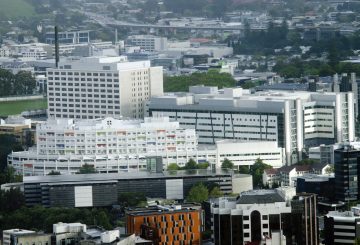Covid-19 전문가에 따르면 수요일까지 하루 200건, 주말까지 매일 400건의 코로나바이러스 환자가 발생할 것으로 예측했다.
‘테 푸나하 마타티니(Te Punaha Matatini)’ 소속 Dion O’Neale 박사는 오미크론의 혼재로 인해 이제까지 상대적으로 낮은 감염수에 비해 이번주부터 변화가 있을 것이라고 말했다.
“오미크론 발병이 발생한 세계의 거의 모든 지역에서 약 3일 간 두 배로 증가했다. 뉴질랜드도 비슷할 것이라고 예상한다. 이는 주초에 하루에 약 100건의 사례를 의미하며 점차 약 200건의 사례로 번져, 주말까지 400건으로 약 두 배 정도 증가할 것이다. 목-금요일에 이르게 된다면 나쁜 상황인 거고 만약 좋게 풀려간다면, 일요일 쯤이 될 것이다. 약 3일에 걸쳐 두 배로 늘어나는 패턴이다.”
O’Neale 박사는 Morning Report와의 인터뷰에서 현재의 모든 사례가 오미크론 변종으로 확인되지는 않았지만, 관계자들은 오미크론 변종이 곧 다수를 차지할 것으로 예상했으며 현재 오미크론 변종의 행동을 토대로 계산을 하고 있다고 말했다.
“오미크론은 델타나 다른 변종보다 빠르게 성장하기 때문에 다른 변종들을 능가하고 지배할 것으로 예상한다. 특별히 밝혀지지 않는 한 오미크론이라고 가정하는 편이 가장 안전하다”면서 특히 오미크론은 짧은 잠복기, 즉 감염된 시점과 증상을 보이는 시점까지 매우 빠르게 진행될 것이라고 경고했다.
증상이 있어 검사를 받고 결과를 받기까지, 감염 시점으로부터 4-5일 정도 걸릴 수 있다. 따라서 현재 보고된 감염 건수는 이미 며칠 전에 발생한 건이다.
특히 주말이나 공휴일에 코로나19 검사를 받는 사람들이 상대적으로 적기 때문에 감염 시기별 숫자들이 왜곡된 것일 수 있음을 감안해야 한다.






























































